25 Mind-Blowing Computer & Tech Facts (Plus: Tech Predictions for 2025!) - FactsLook
The First Computer Bug Was a Moth!
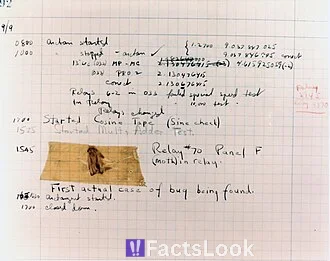
Believe it or not, the term 'bug' in computing originated from a literal moth! In 1947, a moth got stuck in a relay of the Harvard Mark II computer, causing it to malfunction. Grace Hopper, a pioneer in computer programming, documented the incident, coining the term. This historical event highlights the early challenges of computing and gave birth to a widely used technical term.
The Internet Wasn’t Originally Called the Internet
The internet's precursor was ARPANET, developed by the U.S. Department of Defense in the late 1960s. It was designed to create a robust, decentralized communication network. The term 'internet' emerged later, from the interconnected network of ARPANET and other networks using the TCP/IP protocol suite. It wasn't until the 1980s that 'internet' became the common name.
There Are More Devices Connected to the Internet Than People on Earth
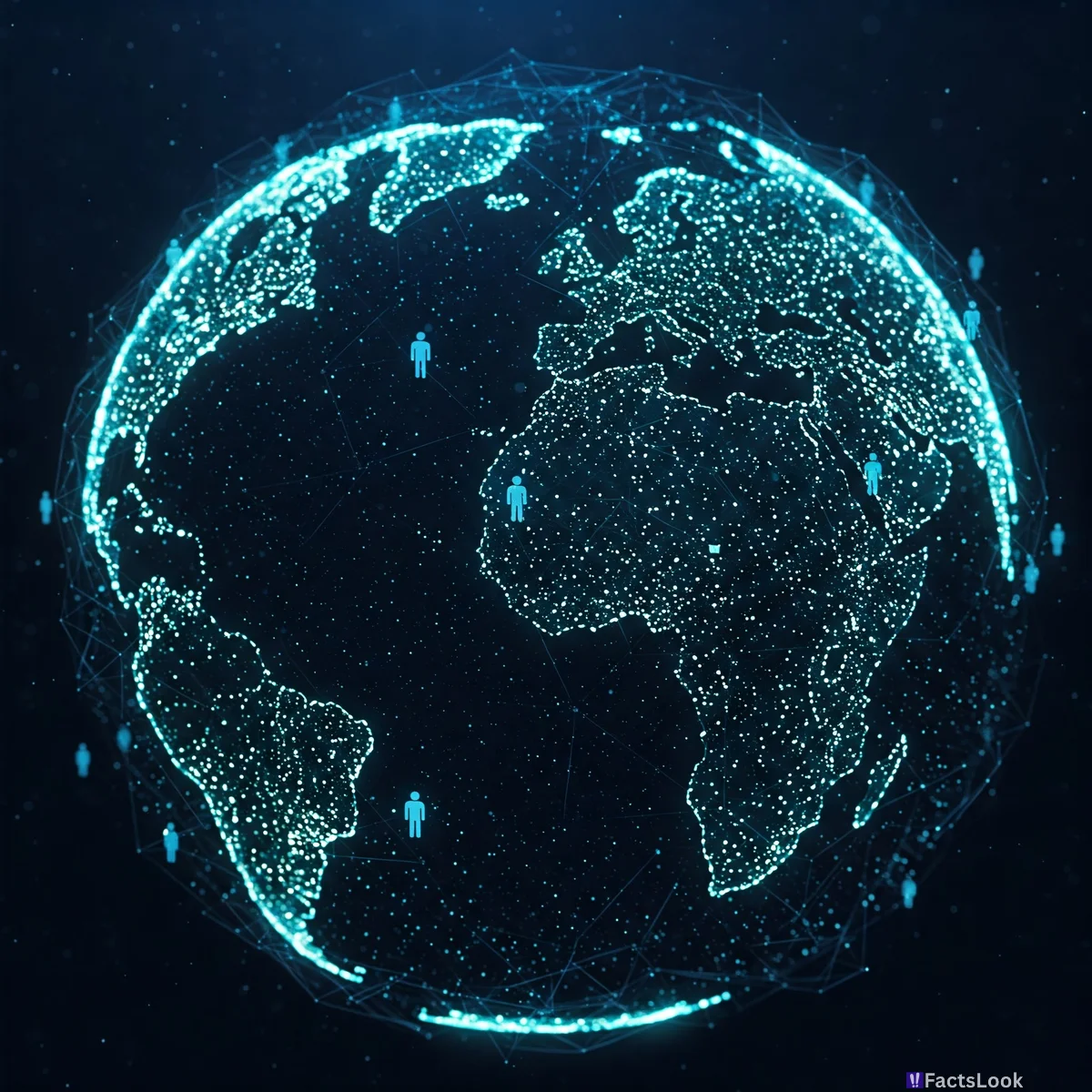
As of 2024, the number of connected devices (smartphones, IoT devices, computers, etc.) far exceeds the global human population. Estimates suggest over 15 billion connected devices compared to roughly 8 billion people. This 'Internet of Things' (IoT) revolution is transforming how we live and interact with the world around us. [Source: Statista]
The First Computer Mouse Was Made of Wood
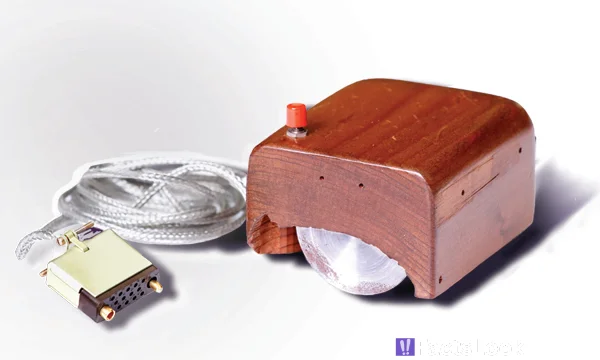
Douglas Engelbart invented the computer mouse in the 1960s. The prototype wasn't sleek and plastic, but a hand-carved wooden shell with two metal wheels. This invention revolutionized human-computer interaction, paving the way for the graphical user interfaces (GUIs) we use today. [Source: Computer History Museum]
A Virus Nearly Crippled the Internet in 1988
The Morris Worm, released in 1988 by Robert Tappan Morris, was one of the first computer worms distributed via the internet. It exploited vulnerabilities in Unix systems, causing widespread disruption and estimated damages of $10 million. This event underscored the need for robust cybersecurity measures. [Source: Wikipedia]
Google Was Originally Called 'BackRub'
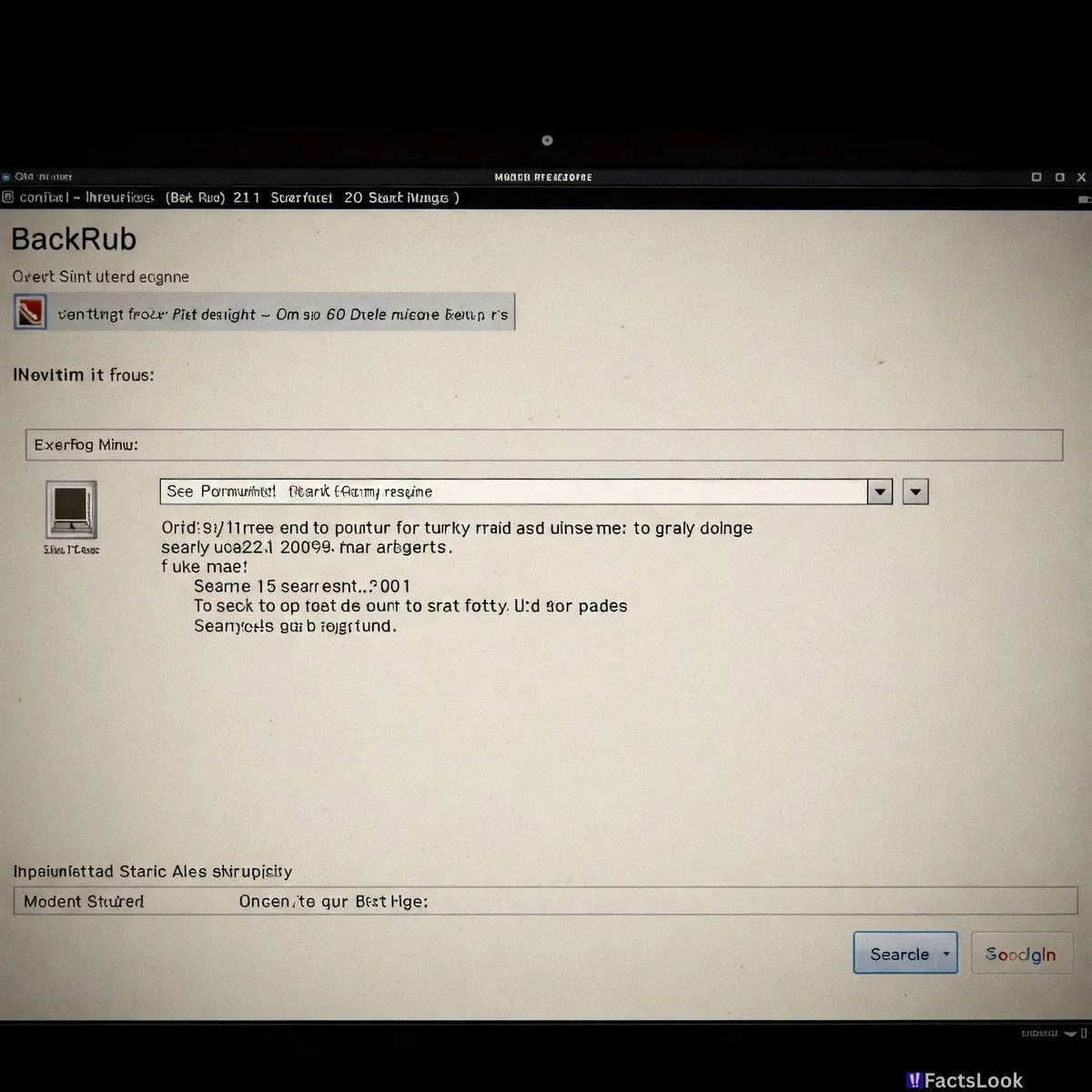
Before becoming the global tech giant it is today, Google had a different name: BackRub. Larry Page and Sergey Brin initially called their search engine this, referencing its ability to analyze the 'back links' pointing to a given webpage. They later changed it to Google, a play on the mathematical term 'googol' (1 followed by 100 zeros).
The First Webcam Watched a Coffee Pot
The very first webcam wasn’t used for security or video calls, but to monitor a coffee pot at the University of Cambridge in 1991. Researchers wanted to avoid wasted trips to an empty coffee pot. The live feed was accessible to anyone on the network, unintentionally becoming a groundbreaking example of live streaming. [Source: Cambridge University]
Nearly 90% of Data is Unstructured
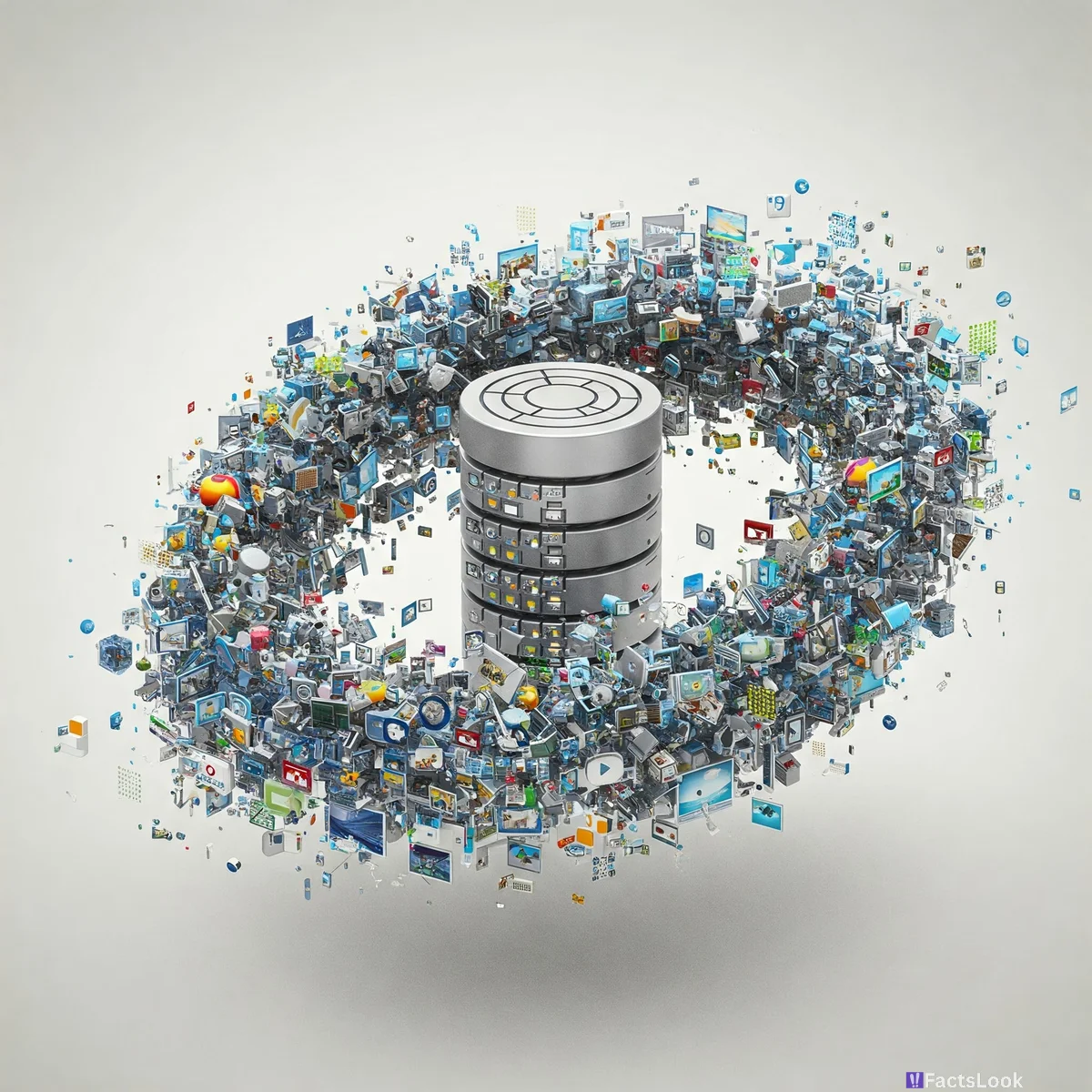
While we often focus on organized databases, the vast majority of digital data – around 90% – is unstructured. This includes text files, images, videos, audio, and social media posts. Harnessing the power of this unstructured data through AI and machine learning is a major challenge and opportunity for the tech industry. [Source: IBM]
The First Hard Drive Could Hold Only 5MB
The IBM 350 disk storage unit, released in 1956, is considered the first hard disk drive. It was huge – roughly the size of two refrigerators – and could store a mere 5MB of data. Today, a smartphone can easily hold hundreds of gigabytes, showcasing the incredible advancements in data storage capacity.
QR Codes Were Inspired by Automotive Industry
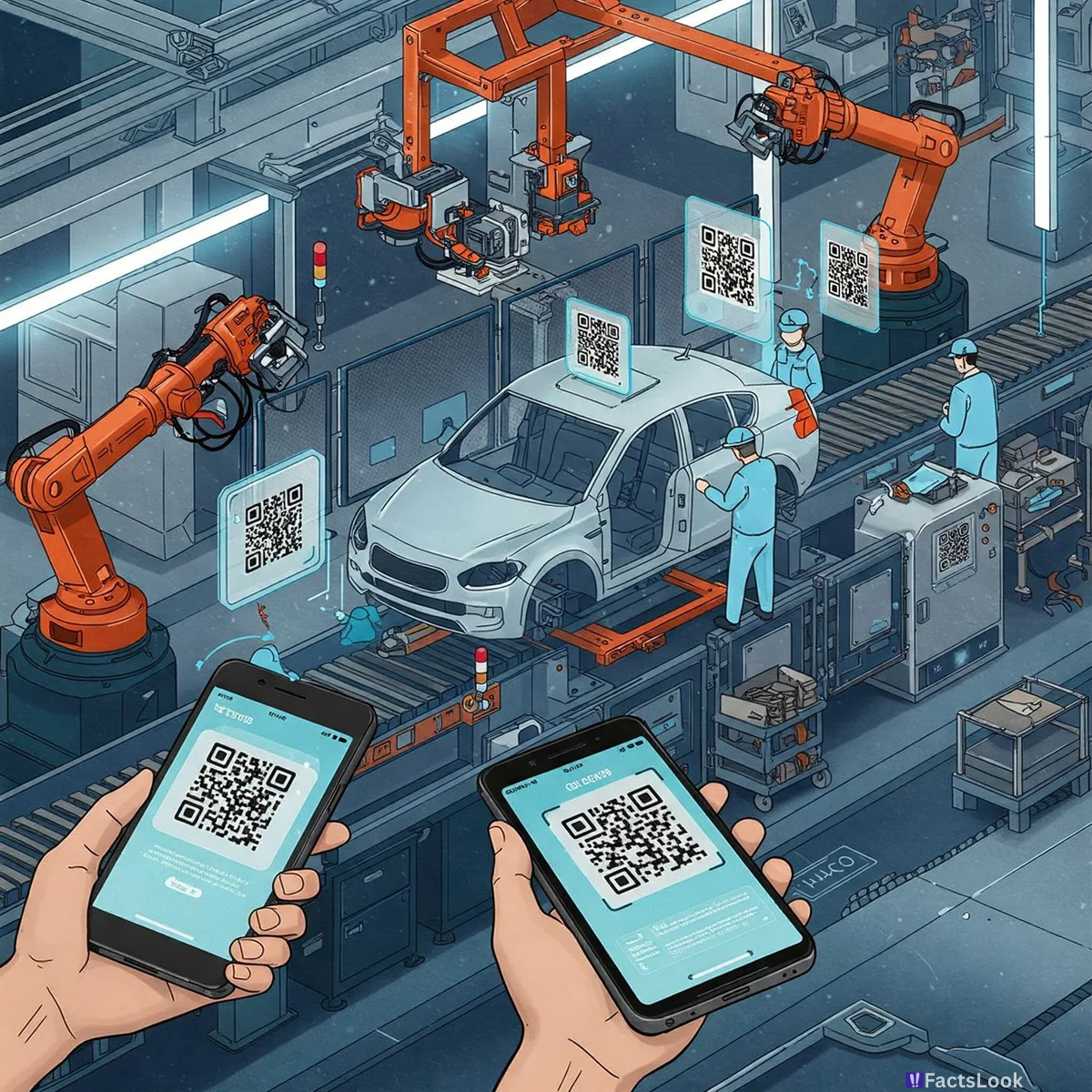
Quick Response (QR) codes, ubiquitous today, were initially developed by Denso Wave in Japan in 1994. They were designed to track vehicles and parts during the manufacturing process. Their high storage capacity and rapid readability made them perfect for inventory management and eventually, widespread consumer use. [Source: Denso Wave]
Tech Prediction 2025: Ubiquitous AI Assistants
By 2025, AI assistants (like Siri, Alexa, Google Assistant) will be far more integrated into daily life. We can expect 'ambient AI' – AI working seamlessly in the background, anticipating needs, and automating tasks without constant prompts. This will change how we interact with technology and the world.
Tech Prediction 2025: The Rise of Edge Computing
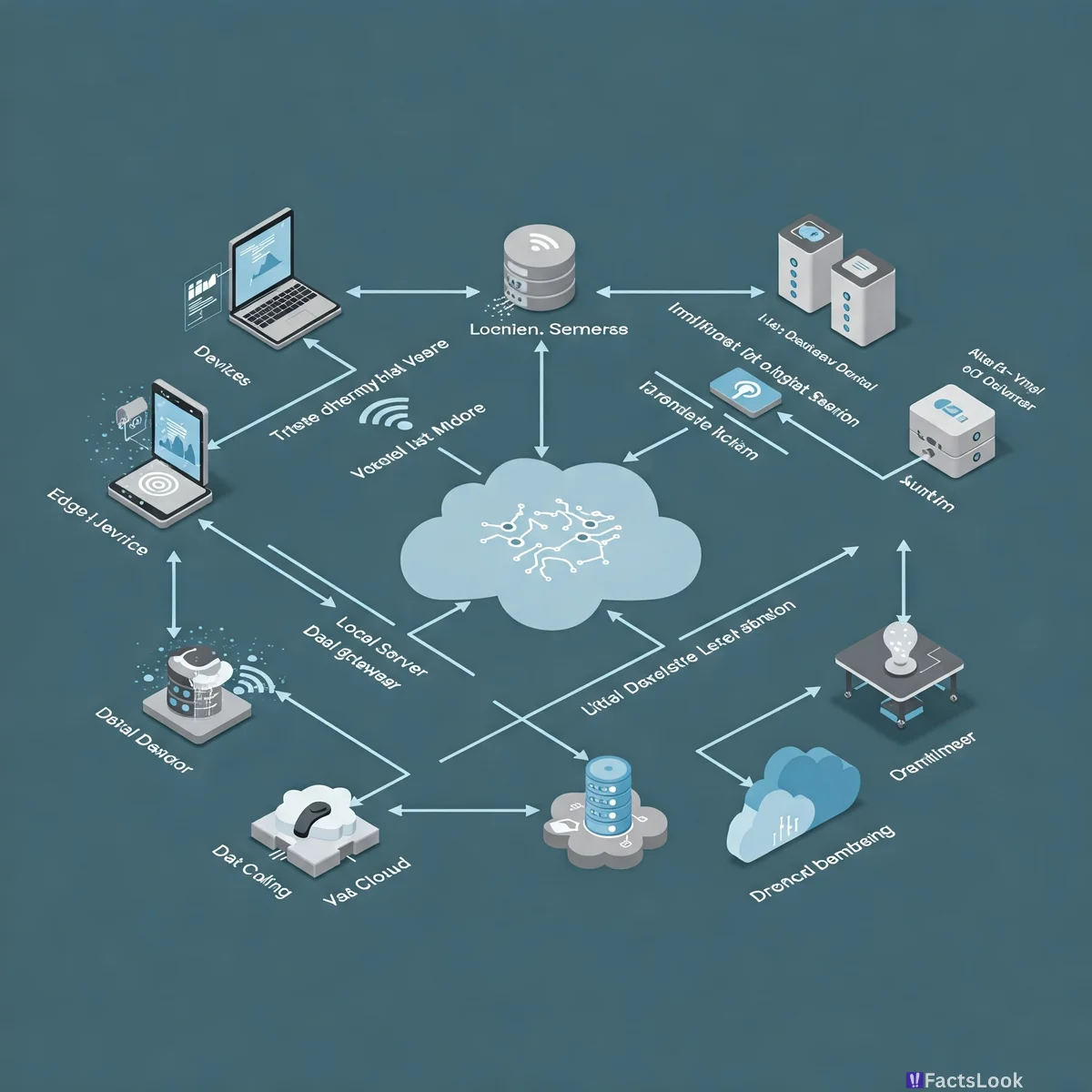
Edge computing, processing data closer to the source rather than in centralized data centers, will explode. This is crucial for applications like autonomous vehicles, real-time gaming, and industrial IoT where low latency is essential. Expect to see more powerful processing capabilities in devices themselves.
Tech Prediction 2025: Extended Reality (XR) Goes Mainstream
Combining augmented reality (AR), virtual reality (VR) and mixed reality (MR), Extended Reality (XR) will move beyond gaming and niche applications. Remote work, education, healthcare and retail will see increased XR adoption, blurring the lines between physical and digital worlds.
Tech Prediction 2025: Quantum Computing Advancements
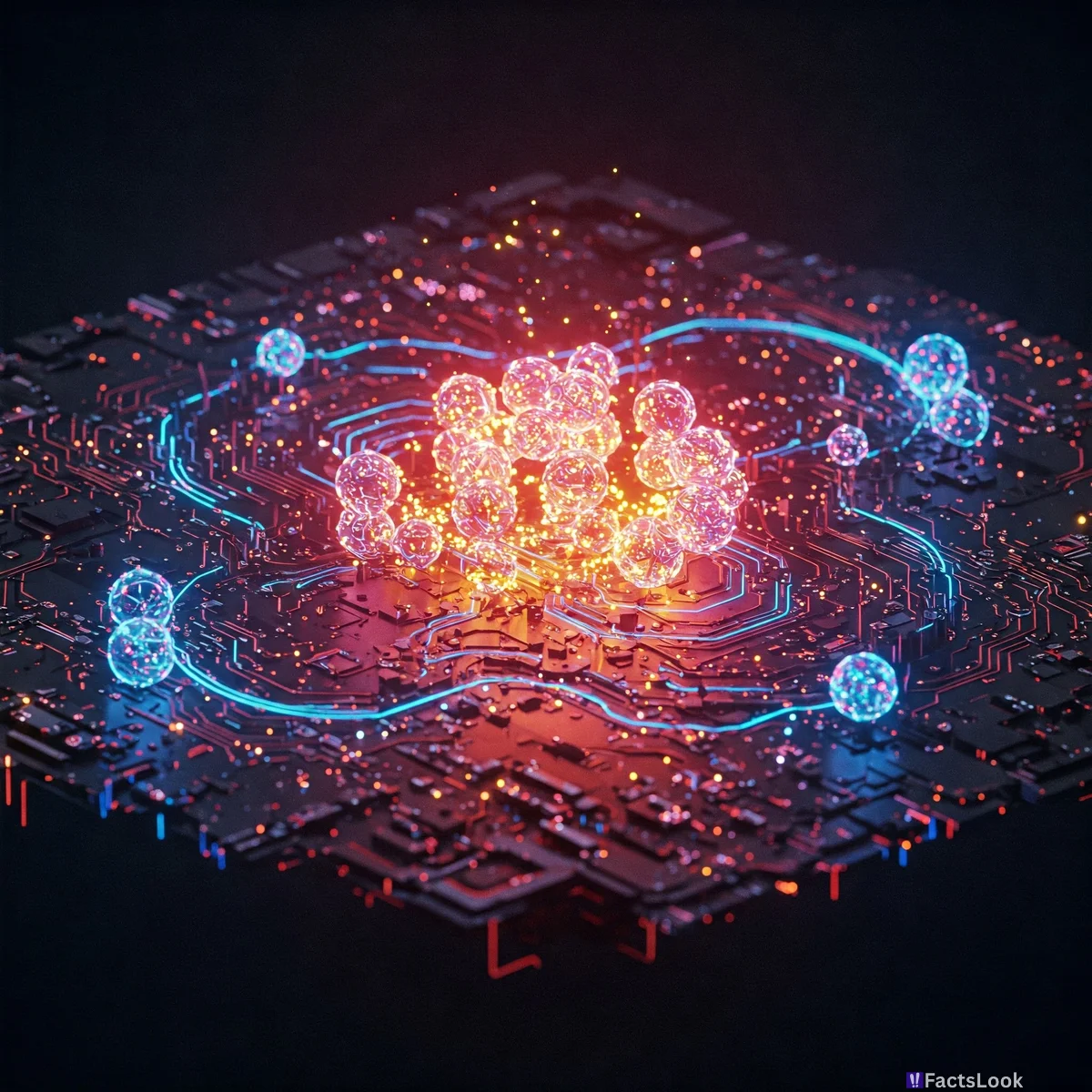
While full-scale quantum computers are still years away, 2025 will see significant advancements in quantum hardware and algorithms. Expect increased accessibility to quantum computing resources via cloud platforms and exploration of quantum applications in areas like drug discovery and materials science.
Tech Prediction 2025: Cybersecurity Mesh Architecture
With escalating cyber threats, the Cybersecurity Mesh Architecture (CSMA) will gain prominence. CSMA advocates for a distributed, flexible security approach, building protective boundaries around individual assets rather than relying on a traditional perimeter-based defense.
The First Email Was Sent in 1971
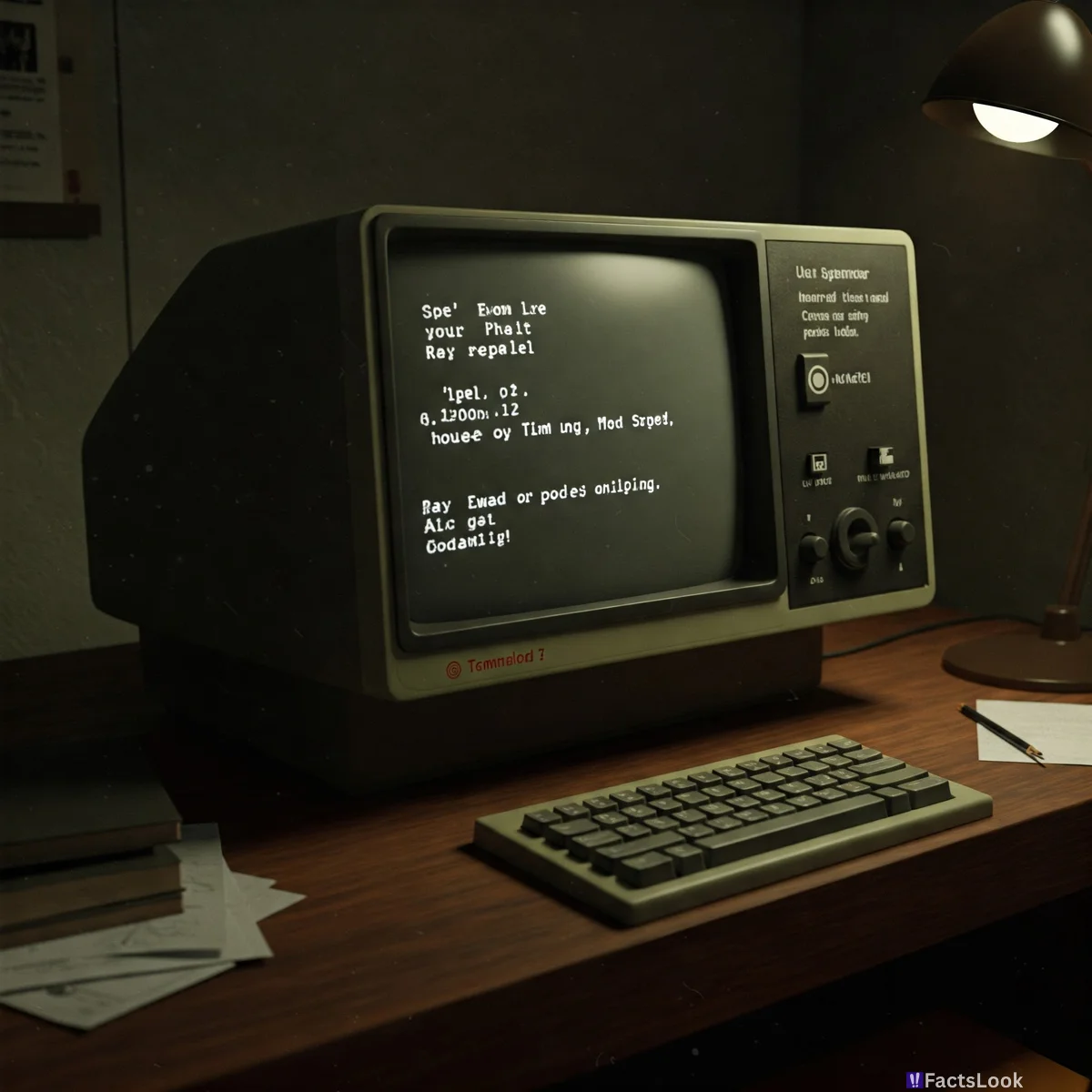
Ray Tomlinson is credited with sending the first email in 1971. He worked on the ARPANET and developed a system to send messages between users on different computers. He also chose the '@' symbol to separate the username from the computer name, which remains the standard today.
Bluetooth is Named After a Viking King
The wireless technology Bluetooth gets its name from Harald Bluetooth, a 10th-century Viking king who united warring Danish tribes. Jim Kardach, one of the engineers developing the technology, used the king's name as a placeholder, and it stuck because Bluetooth’s function was to unite communication protocols.
There’s a World Space Week Dedicated to Space Technology
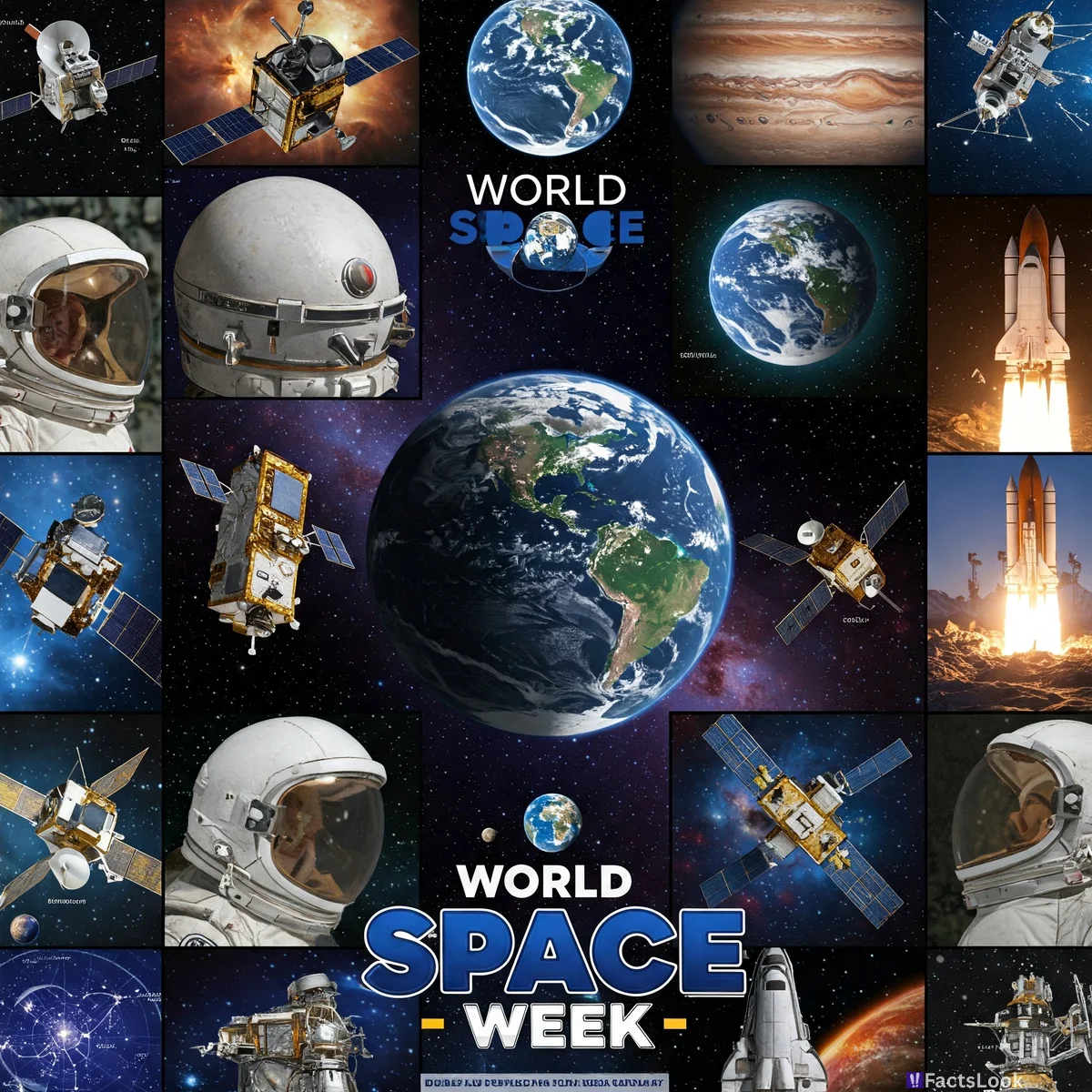
Established by the United Nations in 1999, World Space Week (October 4-10) is an international celebration of space science and technology’s contribution to humanity. It highlights the important role of space in improving life on Earth, inspiring students, and promoting space exploration. [Source: United Nations Office for Outer Space Affairs]
The First Computer Programmer Was a Woman
Ada Lovelace, a 19th-century English mathematician, is considered the first computer programmer. She wrote an algorithm for Charles Babbage’s Analytical Engine, a mechanical general-purpose computer, in the 1840s. Her notes are recognized as the first algorithm intended to be processed by a machine.
Comments
Loading comments...